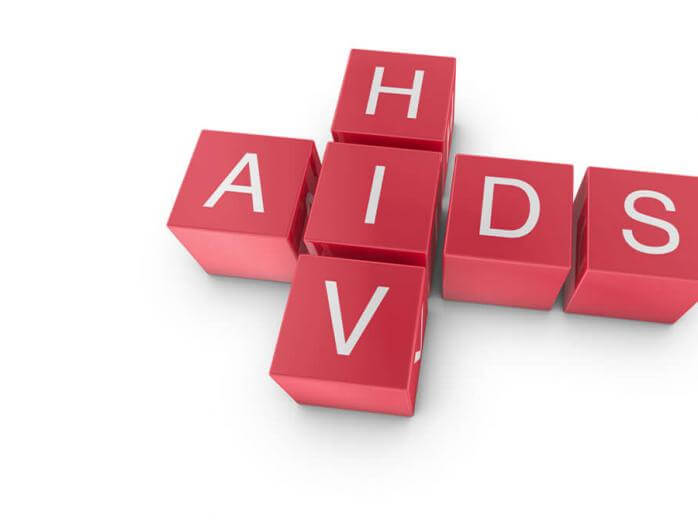HIV prevalence cause for concern
Share

WITH the Masvingo HIV prevalence rate at 10.25 percent, the province is coming up
with interventions for new infections.
In an interview at their stand during the just-ended Masvingo Agricultural Show,
National AIDS Council (NAC) monitoring and evaluation officer, Munorwei Munyikwa,
said they had programmes such as the sister-to-sister and the brother-to-brother to
help raise awareness around sexual reproductive health.
“Based on the recent HIV estimates conducted by the Ministry of Health and Child
Care for 2023 at national level, our prevalence rate is around 11.03 percent and our
provincial rate is estimated at 10.25 percent.
“As we check in the province, we have noticed that Zaka is having high HIV
prevalence rate with 12,5 percent. Mwenezi is at 10.4 percent, Gutu is at 10.30 and
Bikita has the lowest HIV prevalence rate with 9.61 percent,” he said.
New infections among adolescents between the ages 10-19 slightly decreased from
177 to 175 between 2021 and 2022.
“As NAC, based on the HIV estimates in 2022, we can see the HIV population
though decreasing but it is still relatively high even the new infections among the
adolescents between 10-19 though they are decreasing that is still relatively high
since we still have at least three digits.
“As NAC we have incepted programmes such as the sister-to-sister focusing on
providing sexual reproductive health and HIV information.
“We have also seen that it is not only the girls who are at risk, so we have incepted
another programme called brother-to-brother but basically, we are providing sexual
reproductive health information to adolescent boys. These are some of the
programmes that we are doing in Zaka,” he said.
In ensuring that young girls stay in school, NAC is paying school fees for 1 500
learners through the Determined, Resilient, Empowered, Aids Free, Mentored, Safe
(DREAMS) in Chiredzi, Mwenezi, Chivi, Bikita and Masvingo Rural.
“We are focusing on educational subsidies and we are covering 1 500 learners
supporting the Ministry of Primary and Secondary Education.
For the DREAMS programme since we are saying girls and young women are
vulnerable, we are targeting them for the educational subsidies.






